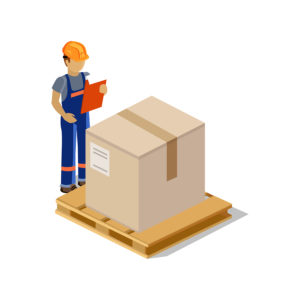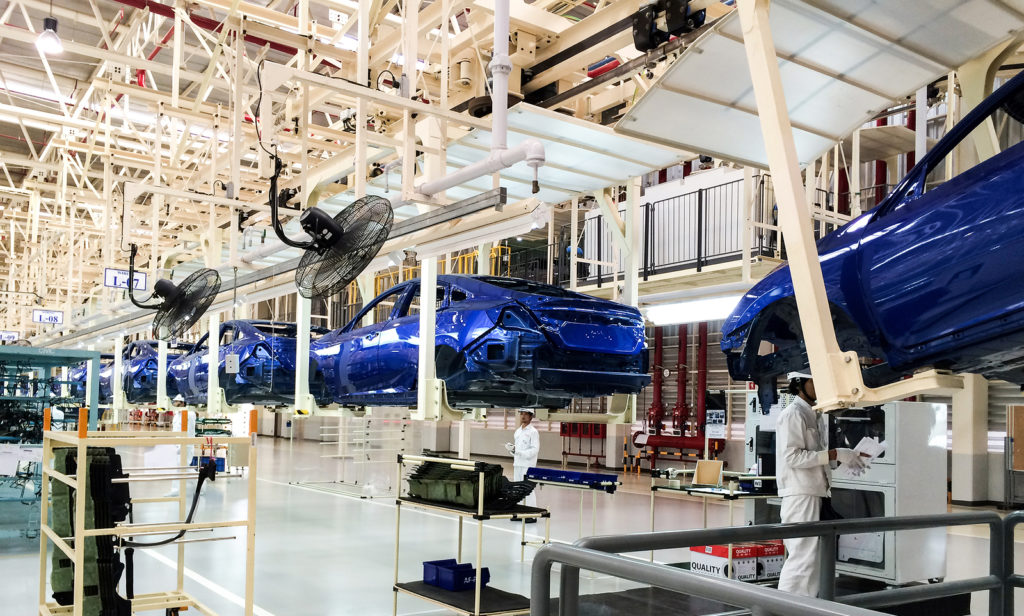What comes to mind when you think about what “direct to consumer” is? Perhaps shopping from your favorite online retailer’s website and having the items you purchased shipped directly to your door from the warehouse. But manufacturing also plays a role. In fact, some manufacturing plants are shifting to direct-to-consumer production models: When a consumer purchases a product online, only then do manufacturers make the product. Instead of sending products to distributors or bricks-and-mortar stores, manufacturers then mail the newly created pieces directly to buyers.
On-demand manufacturing
 When consumers can order and have exactly what they need made especially for and sent directly to them, the sales side of manufacturing gets a little more personal. Perhaps this is why American manufacturing is trending toward direct-to-consumer production, especially for those in smaller plants producing craft products.
When consumers can order and have exactly what they need made especially for and sent directly to them, the sales side of manufacturing gets a little more personal. Perhaps this is why American manufacturing is trending toward direct-to-consumer production, especially for those in smaller plants producing craft products.
As brands with products “Made in America” continue to build strong followings, U.S. direct-to-consumer sales have another reason to grow. While manufacturer-to-consumer sales are growing in America, they’re also growing in China — including deliveries to the U.S. For some manufacturers, though, even high-quality products “Made in China” carry negative stigmas among consumers, offering further opportunity for American-made and -manufactured products.
A case of cars
In some states, though, lawmakers are against manufacturer-to-consumer sales. For example, Louisiana Governor John Bel Edwards signed a law prohibiting Tesla from selling vehicles in the state as it operates a direct-to-consumer model, rather than a dealership sales model. The same is true in Texas where vehicle dealers and legislators aren’t willing to budge from the classic sales model. Tesla’s attempts to sell haven’t broken through the Texas law — even after three attempts.
 This opposition is strong, but when manufacturers’ completed products aren’t taking up precious plant space and they’re not risking their wares sitting around on bricks-and-mortar store shelves, in distributors’ warehouses, or in dealership lots, they can save money. Plus, dealerships aren’t likely to disappear as the different brands force competition at local levels just as retail stores continue to serve consumers in addition to online retailers.
This opposition is strong, but when manufacturers’ completed products aren’t taking up precious plant space and they’re not risking their wares sitting around on bricks-and-mortar store shelves, in distributors’ warehouses, or in dealership lots, they can save money. Plus, dealerships aren’t likely to disappear as the different brands force competition at local levels just as retail stores continue to serve consumers in addition to online retailers.
Manufacturer-to-consumer sales can offer buyers more customization options, keep prices low for manufacturers, and bring convenience to consumers’ lives. With these benefits, it’s possible this industry segment could continue to grow as the population stays set on near-instant gratification and near-real-time results.
